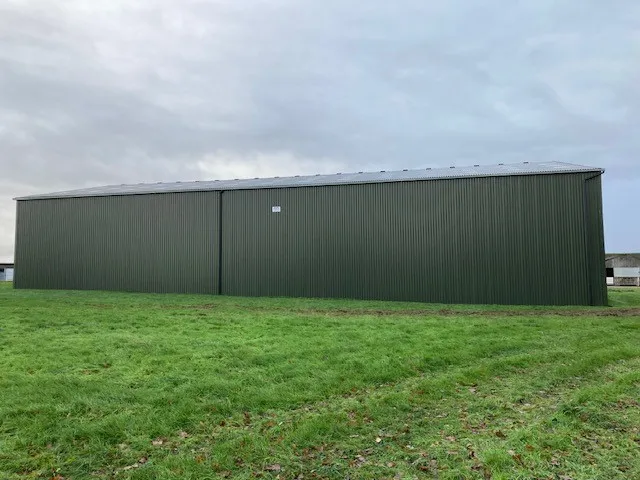- Afrikaans
- Albanian
- Amharic
- Arabic
- Armenian
- Azerbaijani
- Basque
- Belarusian
- Bengali
- Bosnian
- Bulgarian
- Catalan
- Cebuano
- Corsican
- Croatian
- Czech
- Danish
- Dutch
- English
- Esperanto
- Estonian
- Finnish
- French
- Frisian
- Galician
- Georgian
- German
- Greek
- Gujarati
- Haitian Creole
- hausa
- hawaiian
- Hebrew
- Hindi
- Miao
- Hungarian
- Icelandic
- igbo
- Indonesian
- irish
- Italian
- Japanese
- Javanese
- Kannada
- kazakh
- Khmer
- Rwandese
- Korean
- Kurdish
- Kyrgyz
- Lao
- Latin
- Latvian
- Lithuanian
- Luxembourgish
- Macedonian
- Malgashi
- Malay
- Malayalam
- Maltese
- Maori
- Marathi
- Mongolian
- Myanmar
- Nepali
- Norwegian
- Norwegian
- Occitan
- Pashto
- Persian
- Polish
- Portuguese
- Punjabi
- Romanian
- Russian
- Samoan
- Scottish Gaelic
- Serbian
- Sesotho
- Shona
- Sindhi
- Sinhala
- Slovak
- Slovenian
- Somali
- Spanish
- Sundanese
- Swahili
- Swedish
- Tagalog
- Tajik
- Tamil
- Tatar
- Telugu
- Thai
- Turkish
- Turkmen
- Ukrainian
- Urdu
- Uighur
- Uzbek
- Vietnamese
- Welsh
- Bantu
- Yiddish
- Yoruba
- Zulu
Հկտ . 13, 2024 13:24 Back to list
The Rise of Prefabricated Industrial Buildings
The construction industry has witnessed a significant transformation with the advent of prefabricated industrial buildings. These structures, which are manufactured off-site and assembled on location, offer a modern solution to the challenges faced in conventional building processes. The increasing popularity of prefabrication can be attributed to various factors, including cost-effectiveness, efficiency, and sustainability.
One of the most compelling advantages of prefabricated industrial buildings is their cost efficiency. Traditional construction methods often involve high labor costs, delays, and wastage of materials. In contrast, prefabrication streamlines the construction process. Components such as walls, roofs, and floors are constructed in a controlled environment, minimizing weather-related delays and material loss. This factory-based approach allows for bulk purchasing of materials, which can significantly reduce costs. Furthermore, reduced labor requirements on site can lead to lower overall project expenditures, making it an attractive option for businesses looking to minimize costs.
Efficiency is another critical factor driving the adoption of prefabricated industrial buildings. The manufacturing of building components in advance, while site preparation occurs concurrently, allows for a much faster construction timeline. What traditionally might take months to organize and execute can often be completed in a fraction of the time with prefabrication. This rapid turnaround is particularly beneficial for industries that require quick expansion or relocation, reducing downtime and enabling companies to maintain their operational efficiency.
prefabricated industrial buildings

Moreover, prefabricated buildings are inherently flexible. They can be designed to meet specific needs and can be easily modified or expanded in the future. This adaptability ensures that companies can respond to changing market demands, logistical challenges, or shifts in business strategy. As industries evolve, the ability to tailor facilities to accommodate new technologies or practices is invaluable.
Sustainability is increasingly becoming a focal point for many companies, and prefabricated industrial buildings align well with green building practices. The controlled environment in which components are produced leads to less waste, and many manufacturers prioritize eco-friendly materials. Additionally, these buildings can be designed for energy efficiency, employing advanced insulation techniques and renewable energy technologies. This commitment to sustainability not only helps the environment but also enhances the corporate image of businesses as they embrace responsible practices.
Moreover, the modular aspect of prefabricated buildings allows for the implementation of advanced technologies. Smart building systems can be integrated during the manufacturing phase, enhancing energy management, security, and overall functionality. Such features can lead to significant operational savings over time.
In conclusion, the rise of prefabricated industrial buildings signifies a pivotal shift in the construction industry. With their cost-effectiveness, efficiency, flexibility, and sustainability, these structures offer a viable solution to the challenges faced by traditional building methods. As industries continue to evolve and demand for quick, efficient solutions grows, prefabricated buildings are poised to become the standard rather than the exception. This approach not only meets the needs of contemporary businesses but also lays the foundation for a more sustainable and innovative future in industrial construction.
-
Cold Formed Steel Residential Framing
NewsMay.21,2025
-
Innovative Steel Structure Building Solutions
NewsMay.19,2025
-
Innovative Prefab Metal Shed Solutions
NewsMay.19,2025
-
Durable Steel Horse Shelter Solutions
NewsMay.19,2025
-
Durable Metal Shed Solutions
NewsMay.19,2025
-
Durable Big Metal Shed Solutions
NewsMay.19,2025
Products categories
Our Latest News
We have a professional design team and an excellent production and construction team.












